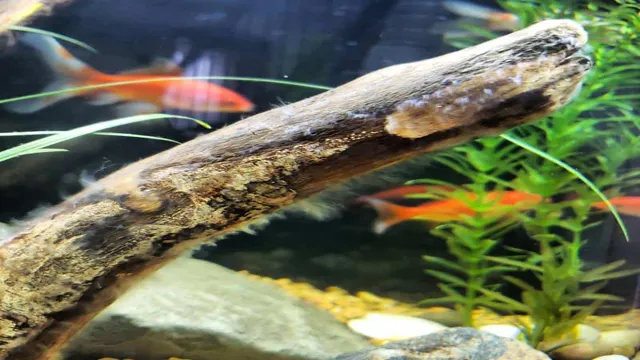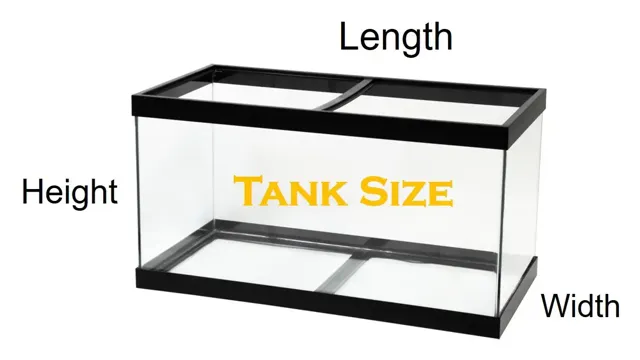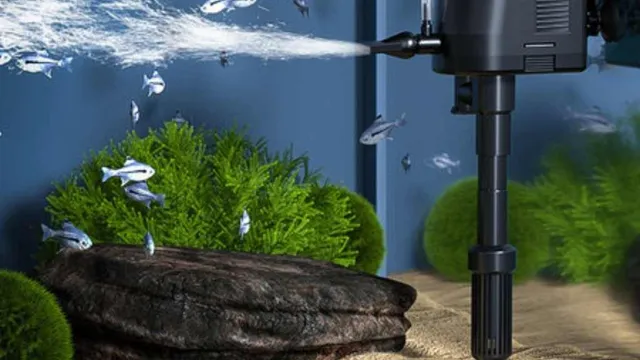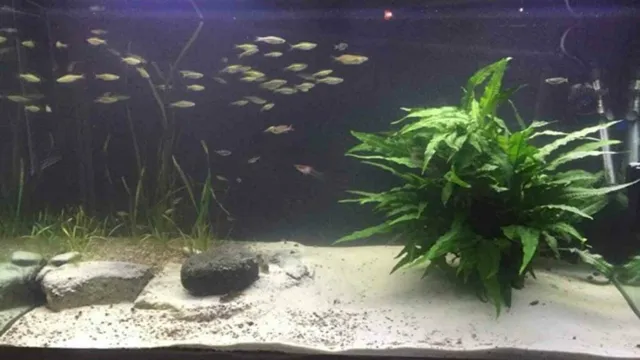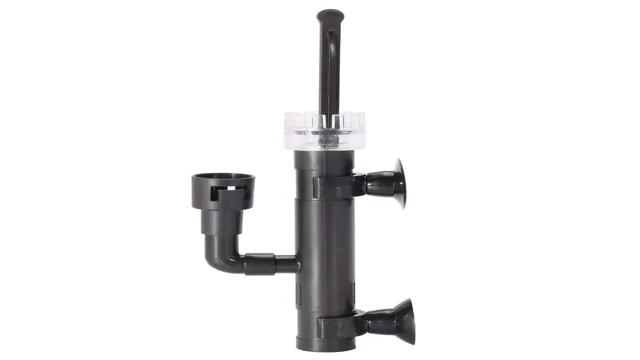Do you want to know how to clean algae off your aquarium driftwood? Algae on your driftwood can be unsightly, and it can also harm your fish and plants if left unaddressed. Fortunately, cleaning it off is a simple process that won’t take up too much of your time. In this blog post, we’ll go over some of the best ways to clean algae from your driftwood and keep your aquarium looking beautiful and healthy.
So sit back, grab a cup of coffee, and let’s dive in!
Why Cleaning Algae on Driftwood is Important
Cleaning algae on driftwood is an essential task to maintain a healthy and beautiful aquarium. Algae infestation on driftwood can create a very unpleasant appearance, damage the plant life, and ultimately harm your aquatic animals. However, before trying to clean your aquarium driftwood, getting to the root of the problem is crucial.
It is essential to understand the cause of the algae outbreaks, such as overfeeding, poor water quality, or direct sunlight exposure. Once you have identified the cause, you can take steps to prevent further infestations and clean your driftwood. Using a 1:5 bleach solution or a hydrogen peroxide solution can effectively kill the algae on your driftwood.
After thoroughly cleaning the driftwood, rinse it with water and allow it to dry before placing it back in the aquarium. These simple yet effective steps can significantly improve the appearance and health of your aquarium.
Prevention and Maintenance Tips
Cleaning algae on driftwood is an essential task that every fish tank owner should do to prevent poor water quality and keep their fish healthy. Algae buildup can be detrimental as it consumes oxygen from the water, depriving your fish of the crucial element they need to survive. Moreover, excess algae can lead to clogged filters and air stones, making it challenging to maintain a healthy tank environment.
Therefore, wiping down your driftwood regularly is imperative to maintain a healthy living environment for your aquatic pets. With a soft-bristled brush, and a bit of elbow grease, you can quickly remove any visible algae and keep up with regular maintenance, allowing you to keep a happy, healthy, and thriving tank. Don’t hesitate to take good care of your fish friends, as they deserve only the best! (See Also: How to Know If There are Enough Bacteria in Aquarium: Tips to Ensure Proper Balance)
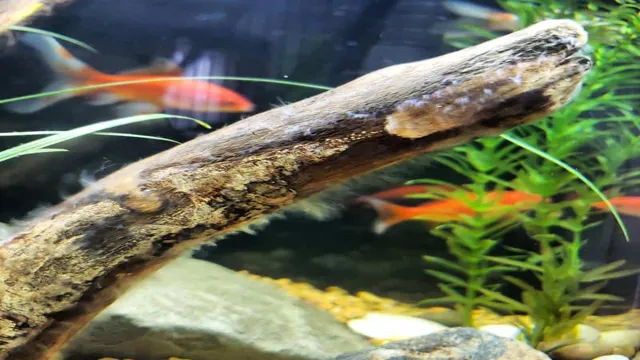
Tools and Materials Needed for Cleaning
When it comes to maintaining a healthy aquarium, cleaning algae on driftwood should be one of your top priorities. Algae growth on driftwood isn’t just an eyesore, it can also negatively impact the tank’s water quality and harm your fish. You’ll need a few tools and materials to clean it effectively.
A soft-bristled brush or scrubber can be used for gentle cleaning, while a razor blade can remove tougher buildup. You’ll also need an algae scraper specifically designed for glass or acrylic tanks, and a sturdy pair of gloves to protect your hands. It’s important to use a dedicated algae remover instead of harsh chemicals that can harm your fish and plants.
With regular maintenance, cleaning algae on driftwood can become a quick and easy part of your aquarium care routine.
Step-by-Step Guide to Cleaning Algae on Driftwood
Driftwood is a popular addition to aquariums and terrariums, providing a natural and aesthetically pleasing element to the environment. However, over time, algae can grow on the driftwood, leading to unsightly appearances and potential health risks for your aquatic or reptilian pets. Therefore, cleaning algae on driftwood is important to maintain the overall health and beauty of your tank.
The process of cleaning algae off driftwood is straightforward and can be done with simple household items. By following a step-by-step guide and using materials such as a soft-bristled brush and hydrogen peroxide, you can safely and effectively remove algae from your driftwood. Remember to be gentle to avoid damaging the wood and to rinse thoroughly before returning the driftwood to your aquarium or terrarium.
By taking the time to regularly clean algae off your driftwood, you can ensure a happy and healthy living environment for your pets. (See Also: How to Grow Mangroves in Aquarium: Tips and Tricks for Successful Cultivation)
Conclusion
In conclusion, cleaning algae off of aquarium driftwood may seem like a daunting task, but with the right tools and techniques, it can be a breeze. From scrubbing with a toothbrush to utilizing algae-eating fish, there are many options available to keep your aquarium looking pristine. Remember, a little bit of elbow grease and regular maintenance go a long way in preventing unsightly algae buildup.
So go forth and conquer your algae woes, your fish (and your eyes) will thank you!”
FAQs
What is aquarium driftwood and why does it get algae on it?
Aquarium driftwood is wood that is placed in an aquarium as part of the decor. It can become covered in algae due to the presence of nutrients and light in the aquarium.
How can I prevent algae growth on my aquarium driftwood?
To prevent algae growth on your aquarium driftwood, try reducing the amount of light in your aquarium or using an algae inhibitor product.
Can I clean algae off my aquarium driftwood without removing it from the tank?
Yes, you can clean algae off your aquarium driftwood using an algae scrubber or brush. Be gentle to avoid damaging the wood.
Can I use bleach to clean my algae-covered aquarium driftwood?
It is not recommended to use bleach to clean aquarium driftwood as it can release harmful chemicals into your tank.
(See Also: How Sturdy Are Pedestal Stand Aquariums? Discover Their Durability and Strength)
Will boiling my aquarium driftwood remove algae?
Boiling aquarium driftwood can help to remove algae, but it may also cause the wood to release tannins into your tank, which can discolor the water.
How often should I clean my aquarium driftwood?
The frequency of cleaning your aquarium driftwood depends on the amount of algae growth. It is recommended to clean it at least once a month.
How can I prevent algae from growing on my aquarium driftwood in the first place?
To prevent algae growth, avoid overfeeding your fish and keep your tank clean. Also, consider adding more live plants to your aquarium, as they will compete with algae for nutrients.

